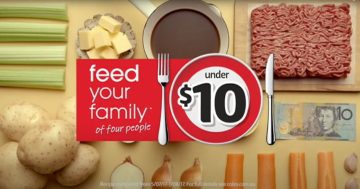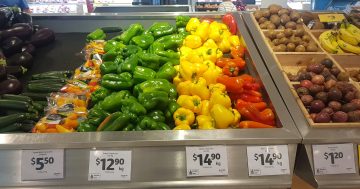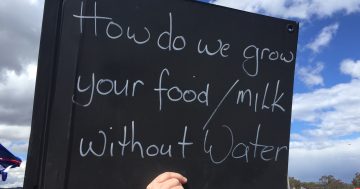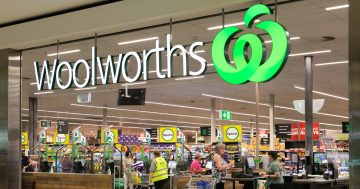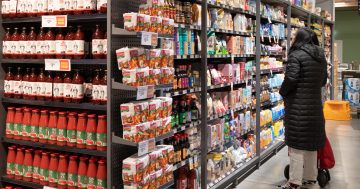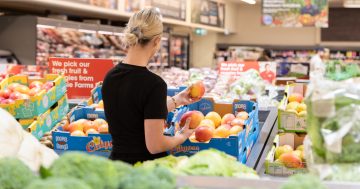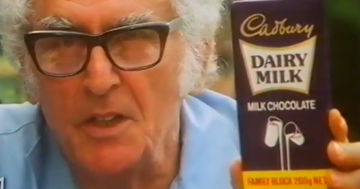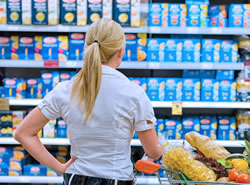 Commissioner for Consumer Protection , Gary Newcombe says that with an outlook of rising inflation and interest rates, many people are looking at ways to save money to balance the family budget.
Commissioner for Consumer Protection , Gary Newcombe says that with an outlook of rising inflation and interest rates, many people are looking at ways to save money to balance the family budget.
“One way to save money while grocery shopping is using unit pricing, showing consumers not just the cost of a product, but what the value of that product is as a cost per standard unit of measurement,” Mr Newcombe said.
“Large grocery stores and some online grocery retailers must display the unit price of packaged foods (such as breakfast cereal, flour and rice) and other grocery products (such as toilet paper and detergents) on shelf labels,” he said.
Mr Newcombe said the price of many grocery products sold unpackaged, such as fresh fruit and vegetables and fresh meat, was also shown as per unit of measurement.
“The unit price of large packs is often (but not always) lower than small or medium-size packs, so it pays to check,” he said.
“Also avoid buying a bigger pack if it’s likely to go to waste. “Compare the unit price of different sizes of the same brand’s product, as well as different brands of the same product and look out for special offers which might temporarily have the lowest unit price — but not always.” The Commissioner said if a product was available loose or pre-packaged, consumers should check the unit price of both.
“Finally, compare the unit prices in different parts of the supermarket,” he said.
“The same product may be sold in different sections, for example, cheese, meats, seafood, nuts, fruit and vegetables,” Mr Newcombe said.



